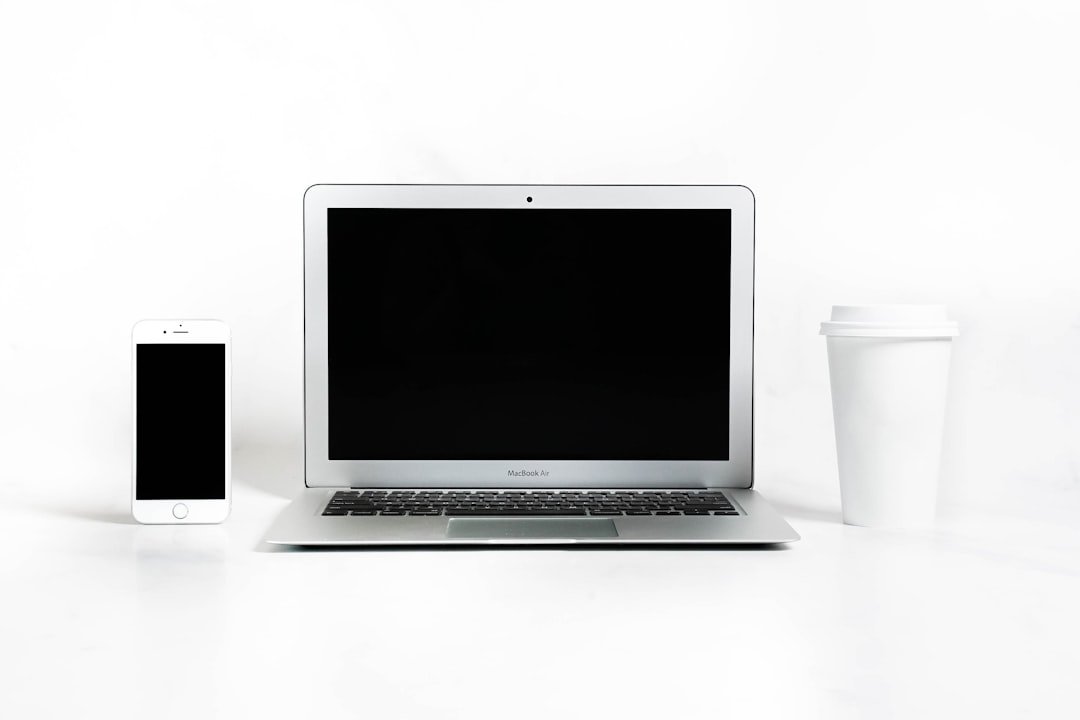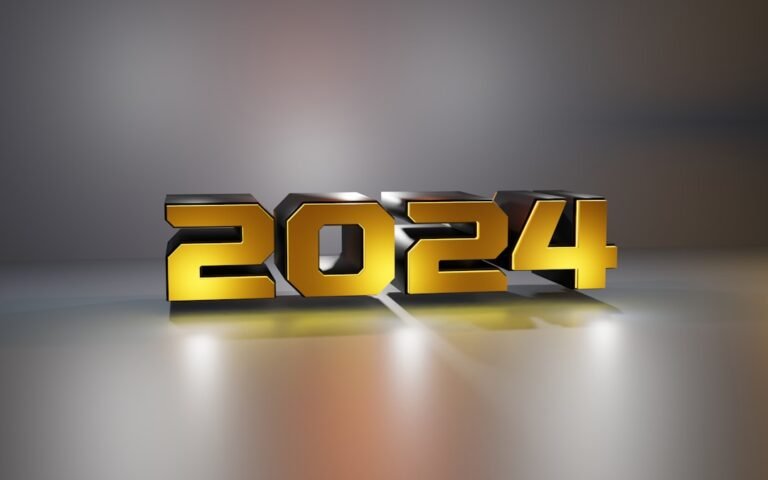seo vs ppc images
When it comes to digital marketing, visuals play a crucial role in capturing the audience’s attention and conveying your message effectively. Two popular marketing strategies, SEO (Search Engine Optimization) and PPC (Pay-Per-Click), utilize images differently to achieve their goals. In this article, we’ll dive into the world of SEO vs PPC images, exploring their differences, benefits, and best practices.
Understanding SEO and PPC
Before we dive into the world of images, it’s essential to understand the basics of SEO and PPC.
**SEO**:
SEO is a long-term strategy that focuses on optimizing your website to rank higher in search engine results pages (SERPs) organically. It involves creating high-quality content, improving user experience, and building backlinks to increase your website’s authority.
**PPC**:
PPC, on the other hand, is a paid advertising model where you create and publish ads that are displayed on search engines and other platforms. You pay each time a user clicks on your ad.
The Role of Images in SEO
Images are a vital component of SEO, as they can significantly enhance user experience and improve your website’s visibility.
Benefits of SEO Images
**Improved user engagement**:
High-quality images can increase user engagement, reduce bounce rates, and make your content more shareable.
**Increased search engine rankings**:
Optimizing your images with relevant alt tags, descriptions, and file names can help search engines understand their context and improve your website’s rankings.
**Enhanced brand identity**:
Consistent and high-quality images can help establish your brand identity and make your website more recognizable.
Best Practices for SEO Images
**Use high-quality and relevant images**:
Ensure that your images are high-resolution, relevant to your content, and add value to the user experience.
**Optimize image file names and alt tags**:
Use descriptive file names and alt tags that include target keywords to help search engines understand the context of your images.
**Compress images for faster loading**:
Compress your images to reduce file size and improve page loading times, which can also improve user experience and search engine rankings.
The Role of Images in PPC
Images play a crucial role in PPC advertising, as they can significantly impact ad performance and user engagement.
Benefits of PPC Images
**Increased ad visibility**:
High-quality images can make your ads more noticeable and attention-grabbing, increasing the chances of users clicking on them.
**Improved ad relevance**:
Using relevant images can help improve ad relevance, reducing costs and improving conversion rates.
**Enhanced brand awareness**:
Consistent and high-quality images can help establish your brand identity and increase brand awareness.
Best Practices for PPC Images
**Use eye-catching and relevant images**:
Ensure that your images are high-quality, relevant to your ad copy, and attention-grabbing.
**Test different image variations**:
Test different image variations to see which ones perform best and optimize your ads accordingly.
**Follow image ad specifications**:
Follow the image ad specifications of each platform to ensure that your images are displayed correctly.
SEO vs PPC Images: Key Differences
While both SEO and PPC utilize images, there are significant differences between the two.
**Goal**:
The primary goal of SEO images is to improve user experience and search engine rankings, while the primary goal of PPC images is to drive conversions and sales.
**Optimization**:
SEO images require optimization for search engines, while PPC images require optimization for ad performance and user engagement.
**Duration**:
SEO images can have a long-term impact, while PPC images have a short-term impact that is limited to the duration of the ad campaign.
Conclusion
In conclusion, images play a vital role in both SEO and PPC marketing strategies. By understanding the benefits and best practices of SEO vs PPC images, you can create effective visual content that drives user engagement, improves search engine rankings, and increases conversions. Whether you’re focusing on SEO or PPC, remember to use high-quality and relevant images that add value to the user experience and align with your marketing goals. By doing so, you can maximize the impact of your visual content and achieve better marketing results.
About Relvixis: Relvixis is a Canadian-based digital agency specializing in results-driven solutions for businesses looking to grow online.
We offer expert services in SEO optimization, web development, social media management, and marketing automation.
Our team blends creative strategy with technical precision to drive leads, enhance brand visibility, and accelerate digital performance.
To learn more or schedule a free consultation, visit
relvixis.com.







